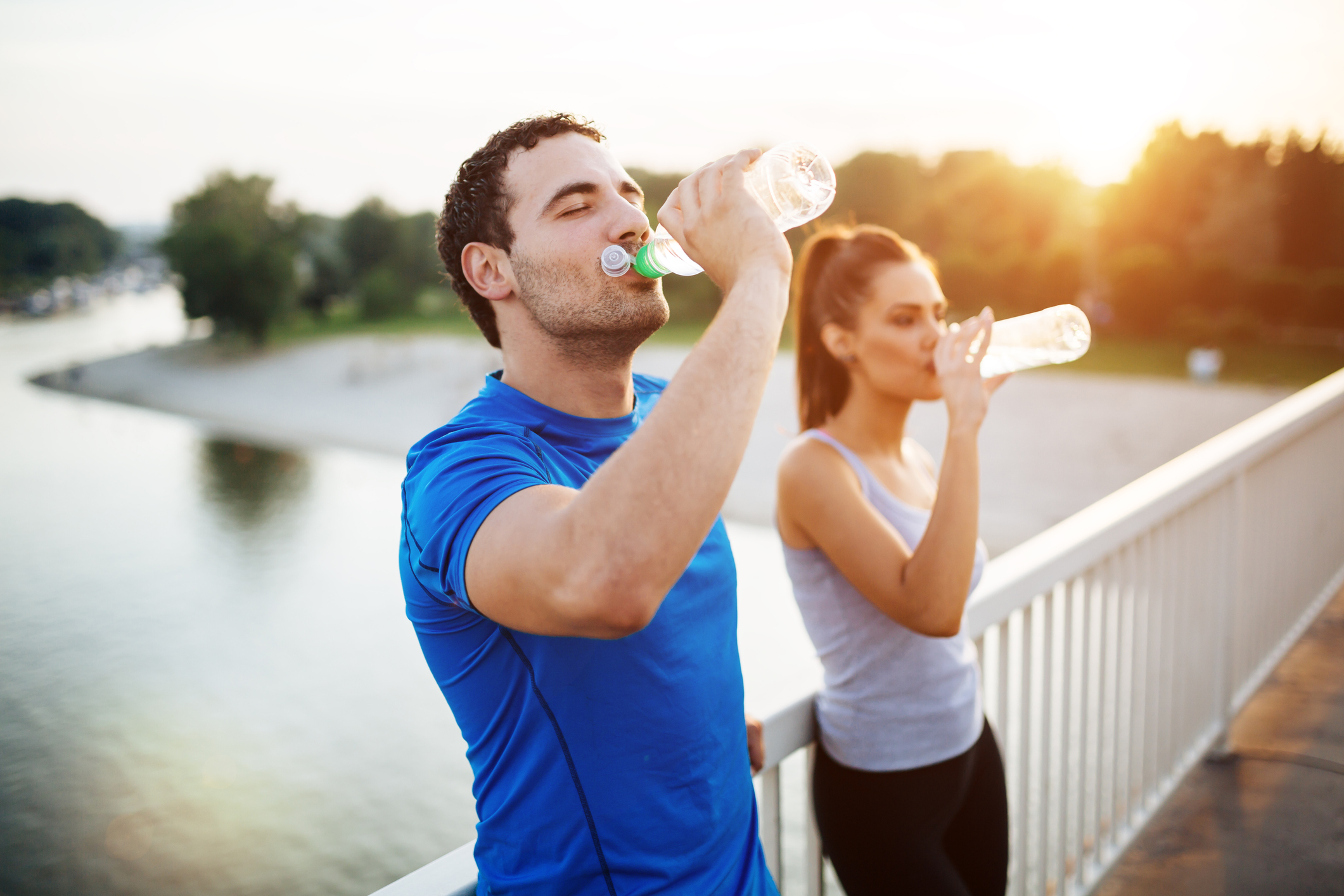 Exercising in extremely hot and humid weather can increase our body’s core temperature, and lead to overheating.
Exercising in extremely hot and humid weather can increase our body’s core temperature, and lead to overheating.
When our body is overheated and unable to cool itself or retain adequate amounts of water, this may cause heat-related medical conditions such as dehydration or heat stroke to develop. Therefore, it is important that we protect our health and follow safety precautions while exercising in hot weather.
Here are a few tips for exercising safely in scorching temperatures:
- Stay hydrated- Drinking plenty of water is one of the best ways to keep our bodies cool on a hot day. Although drinking water is highly benefical, be careful not to drink too much as this can lead to overhydration or a health condition known as hyponatremia (low blood sodium).
- Wear light and loose-fitting clothing– Lighter-colored clothing can help to reflect the sun’s rays. Loose-fitting garments allow air to circulate and cool your skin.
- Wear clothing made with moisture-wicking fabric- These types of clothing aid with the evaporation of sweat.
- Exercise during cooler times of the day– The coolest times of the day are typically around sunrise. If you are not an early riser, pay attention to the weather forecast for heat alerts throughout the day or wait to exercise in the late evening. You can also avoid the heat by exercising in shaded areas or indoors.
- Know the warning signs of heat-related illnesses- Ignoring the warning signs of heat-related illnesses can lead to medical complications or emergencies. It is important that you pay attention to signs and symptoms such as nausea, weakness, muscle cramps, headache, dizziness or lightheadedness.
If you are experiencing symptoms associated with a heat-related illness, stop exercising right away and get out of the heat. Try to lower your body temperature by removing excess clothing and getting hydrated. You can also place ice packs or cool towels on your forehead, neck, or underarms.
If symptoms persist for more than 20 minutes, seek medical attention immediately. You should also seek emergency care if you are experiencing symptoms of a heat stroke, this includes a body temperature of 103˚F or higher; hot, red, dry or damp skin; a fast, strong pulse; dizziness; nausea or losing consciousness.
All content of this newsletter is intended for general information purposes only and is not intended or implied to be a substitute for professional medical advice, diagnosis or treatment. Please consult a medical professional before adopting any of the suggestions on this page. You must never disregard professional medical advice or delay seeking medical treatment based upon any content of this newsletter. PROMPTLY CONSULT YOUR PHYSICIAN OR CALL 911 IF YOU BELIEVE YOU HAVE A MEDICAL EMERGENCY.
